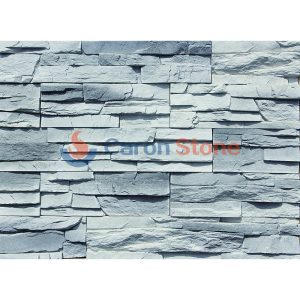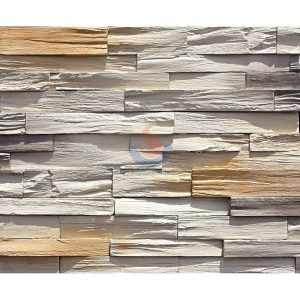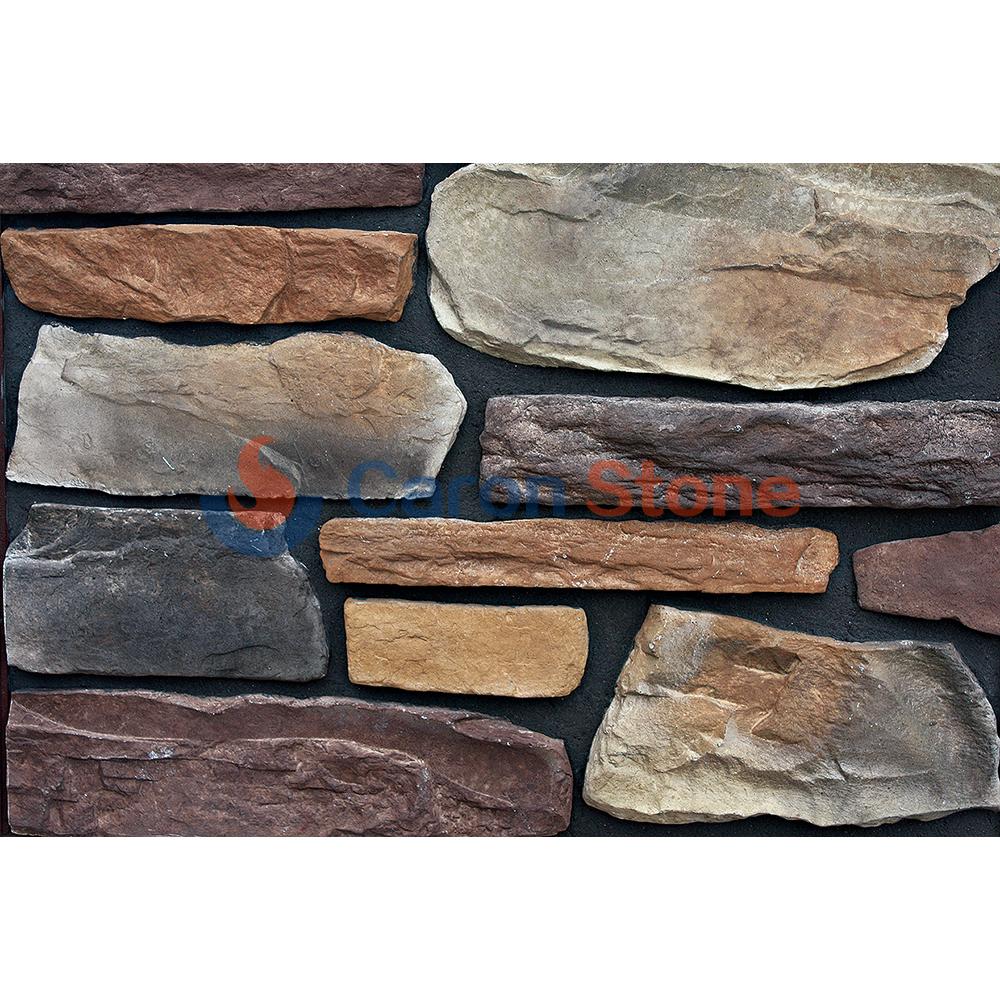In modern architecture and interior design, cultural stone walls, as an important decorative material, have become an indispensable part of many projects. Although traditional natural stone has always been preferred for its simplicity and durability, artificial stone materials have lately progressively become popular in the field of cultural stone walls because of their special benefits. Therefore, in cultural stone walls, how reasonably cost-effective are artificial stone materials? This article will explore the cost-effectiveness of artificial stone materials from multiple angles and reveal to you its advantages and potential in practical applications.

BA61 greys artificial cultured stone wall cladding panel
Characteristics of artificial stone materials
Artificial stone material is a synthetic decorative material that creates products with similar appearance and function through simulation of natural stone and technological innovation. Artificial stone offers several important qualities above conventional natural stone:
Artificial stone allows designers to replicate a range of natural stone textures and colors, so enabling customizing of a number of distinct stone effects depending on project requirements. This adaptability enables artificial stone to have additional design choices.
Lightweight and high strength: The density and weight of artificial stone are usually lower than natural stone, which not only reduces the structural burden of the building, but also facilitates transportation and installation. Simultaneously, fake stone materials have quite strong and durable qualities and can keep stability under many environmental circumstances.
Recycled materials are employed in the manufacturing of certain synthetic stone products, therefore lowering the demand of natural resources. In addition, the production and installation process of artificial stone has less impact on the environment and meets modern environmental protection requirements.
cost benefit analysis
When using cultural stone walls, the affordability of synthetic stone materials mostly shows in the following features:
original outlay of funds
Compared with natural stone, the initial investment cost of artificial stone materials is usually lower. Although premium natural stone has special tactile and visual benefits, its price is sometimes more and transportation and processing expenses are somewhat significant. Artificial stone materials can be produced right in the facility, therefore drastically lowering processing and transportation expenses. Moreover, fake stone materials’ lightweight character helps to explain their rather low shipping expenses.
For example, in a large commercial project, using natural stone may cost up to several hundred yuan per square meter, while using the same area of artificial stone may cost half or even less than natural stone. This makes, on a budget, manufactured stone an appealing choice.
Maintenance and upkeep costs
Important determinants of the general cost-effectiveness in long-term use include maintenance and upkeep expenses. Natural stone, due to its porous nature, often requires regular sealing treatments to prevent the penetration of moisture and dirt. Usually carefully prepared to have superior stain resistance and waterproofness, fake stone materials help to lower the frequency and maintenance costs.
For example, after installation, the artificial stone cultural stone walls used in some public buildings require almost no additional sealing treatment and only require regular cleaning to maintain a good appearance. Natural stone walls could have to be regularly reprocessed, which not only raises maintenance expenses but could also influence the project’s general running budget.
Installation and construction costs
Engineered stone materials are generally more efficient in terms of installation and construction. Its modest weight makes handling and installation easier for building professionals; therefore, construction time is much shortened. This efficient construction process means lower labor costs and less construction time.
For a home decoration project, for instance, the building time of artificial stone cultural stone walls may be cut almost one-third compared to natural stone. This lowers the whole project cost in addition to labor expenses during the building phase. In addition, the ease of cutting and processing of artificial stone materials makes the construction process smoother and reduces additional costs caused by construction complexity.
Extended lifetime and reasonable cost-effectiveness
Artificial stone materials have low initial investment cost, but cost-effectiveness is much influenced by their durability and long-term use consequences. Modern artificial stone materials have undergone precise technical processing and have excellent wear resistance and anti-aging properties, and can maintain stable performance and beauty during long-term use.
In some large-scale commercial projects, artificial stone cultural stone walls can withstand high-frequency use and wear due to their high strength and durability, reducing the frequency of replacement and repair, thereby improving the overall cost-effectiveness. On the other hand, even if natural stone has great initial appearance, with time it may acquire cracks or wear, which would raise maintenance and repair expenses.
Case study
To further understand the cost-effectiveness of artificial stone cultural stone walls, we can refer to some actual cases:
Designer of a commercial building decided to mostly use artificial stone cultural stone wall for the facade adornment. Artificial stone not only lowers first investment prices but also construction and maintenance expenses when compared to natural stone. The flawless execution of this project not only enhanced the building’s beauty but also helped to properly manage the whole budget.
Community public space: In a community public space renovation project, artificial stone cultural stone walls were used for landscape decoration. Artificial stone materials’ simplicity of upkeep and durability help community management lower maintenance expenses throughout long-term use and enhance the space’s user experience and appearance.

GB-AA01 Artificial stacked ledger wall stone veneer panel
In general, the application of artificial stone materials in cultural stone walls demonstrates its significant advantages in cost-effectiveness. Artificial stone cultural stone walls not only offer affordable solutions for projects but also satisfy the needs of modern environmental protection and economic development by lowering initial investment costs, cutting maintenance and upkeep expenses, increasing construction efficiency, and extending long-term durability. Practically speaking, many building and interior design projects would find imitation stone materials to be the perfect fit for their benefits. I hope that through the analysis of this article, you can have a more comprehensive understanding of the cost-effectiveness of artificial stone materials in cultural stone walls and make wise choices in future projects.





